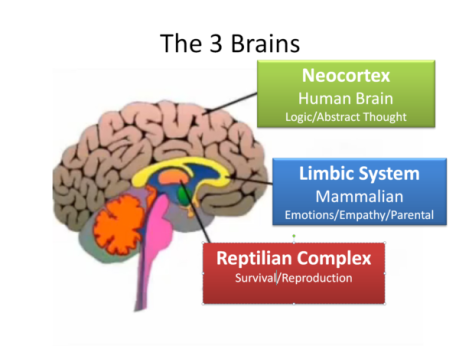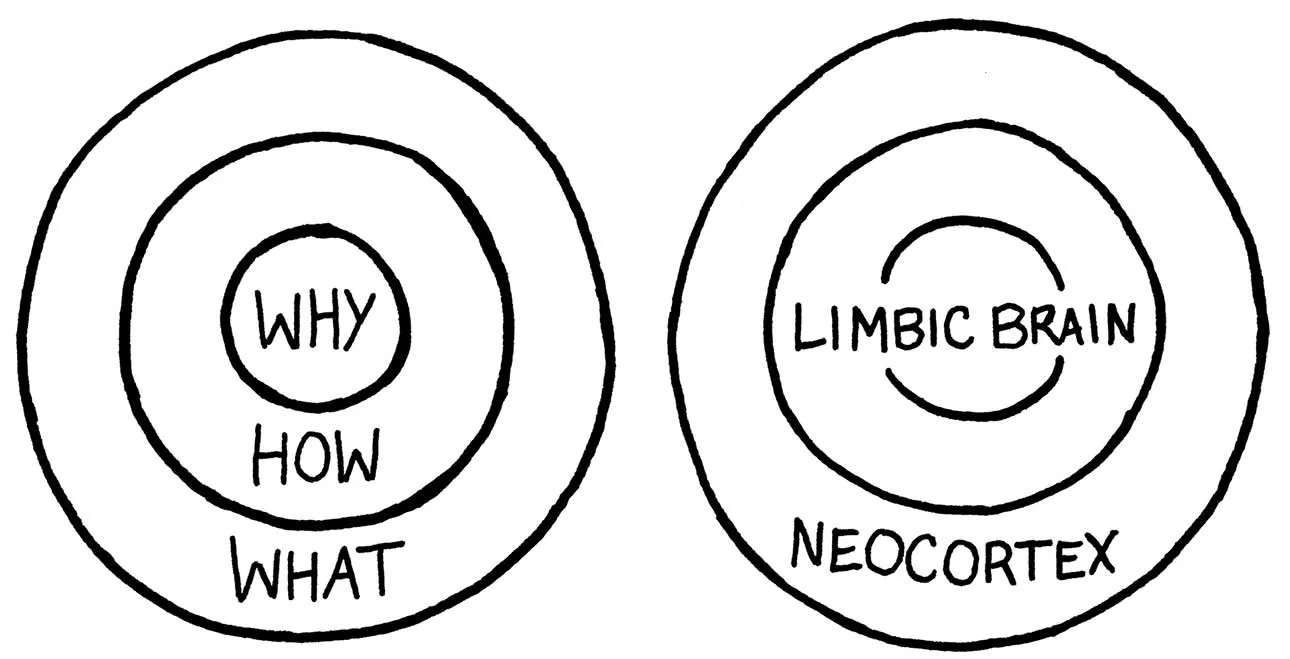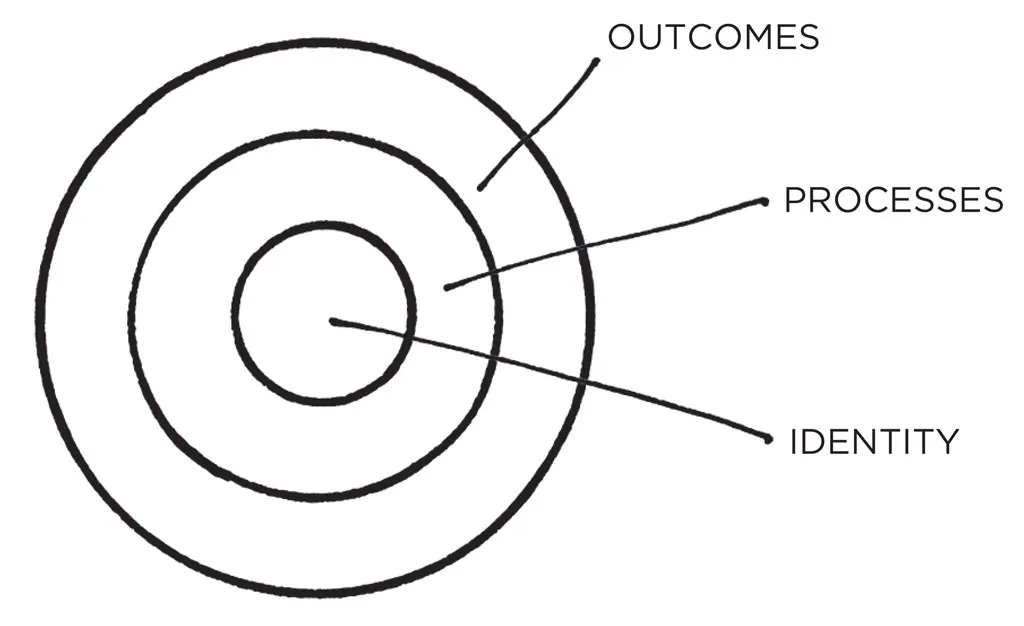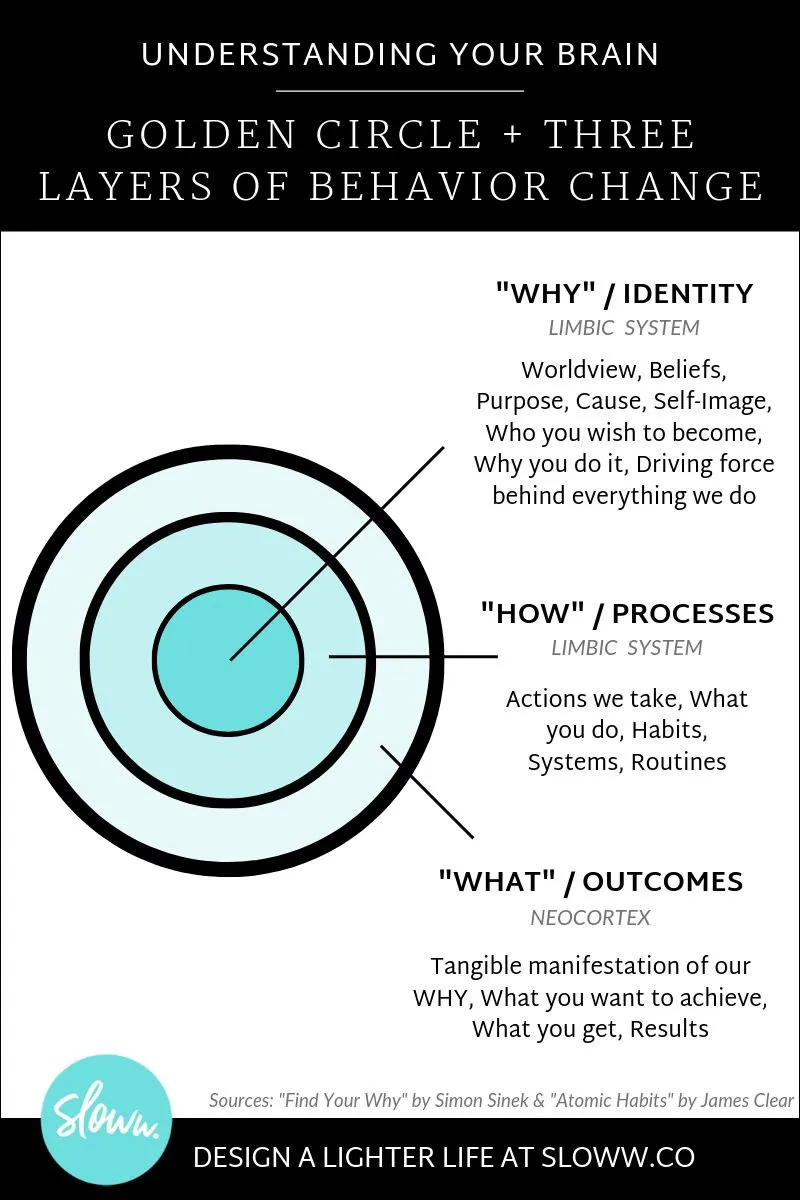[The Laws of Human Nature] - The Law of Irrationality - We are all irrational human 🤔
Do you believe you are rational, rarely being influenced by emotion? 🤔 If you think about it, you might want to reconsider—after all, we’re all human, unconsciously emotional beings.

Book: The Laws of Human Nature - Robert Greene (INTJ)
Rule 1: The Law of Irrationality
The first rule in understanding rational logic is just a way that you use to protect your vulnerable emotions or ego.
1. Physical Evidence: Evolution of human brain

The human brain have 3 main structures during evolution process:
-
Neocortex (Vỏ đại não): Known as the Rational or Thinking Brain, the neocortex is responsible for higher cognitive functions such as reasoning, problem-solving, and logical thinking. It primarily processes facts and analytical information, answering the “What” questions.
-
Limbic System (Hệ viền): Referred to as the Emotional or Feeling Brain, the limbic system governs emotions, memories, and social bonds. It plays a key role in shaping worldviews, beliefs, and subjective experiences, addressing the “Why” and “How” questions.
-
Reptilian Complex (Não bò sát): The most primitive part of the brain, the reptilian complex is responsible for instinctive survival behaviors, including fight-or-flight responses, territoriality, and basic survival instincts. It operates automatically, influencing up to 90% of decision-making processes, often bypassing conscious thought.
Notes: In summary, the Neocortex (facts) and Limbic System (feelings) shape our intuitions, while the Reptilian Brain drives our actions in response to danger, ensuring survival.

2. The Three Layers of Behavior Change:

The Golden Circle: Start With Why / Find Your Why by Simon Sinek

The Three Layers of Behavior Change: Atomic Habits by James Clear


Notes: We are both based on logic (neocortex) and emotion (limbic system) to make decision (survival outcomes) because we are all human.
